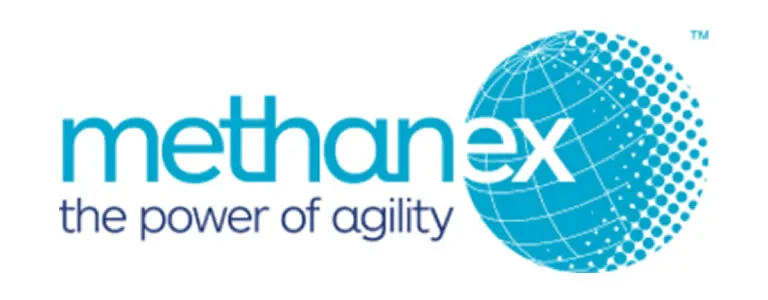Heat exchangers in chemical plants contain up to a thousand small bore tubes that may be subject to corrosion. It is important to know the condition of the tubes in order to manage the life of the exchanger and to repair or replace it before the corrosion causes unacceptable leakage.
Existing internal systems have identified the risk, that is likelihood and consequence of tube leaks which can be reinterpreted as the level of confidence required in the results of the exchanger periodic testing.
There are a variety of test methods available, each with a different level of uncertainty and speed of inspection, typically the faster the inspection the less precision the method offers.
Exchanger testing is performed only every five years during a short timeframe plant outage. It is not possible to test all the tubes so a sampling regime is adopted. There is no consensus as to how many tubes, or what pattern, should be tested.
The first stage of the challenge is to provide an algorithm that will take the established risk factor for the exchanger and the known uncertainties of the inspection methods to calculate the minimum number of tubes that need to be inspected.
The second stage of the challenge is to take into account the results of previous inspections, that is the number of tubes inspected with various degrees of damage and confidence, and to provide the number of tubes to be inspected at the next outage.
The final stage of the challenge is to provide a software model that can take the data from the inspections in real time and determine if more, or indeed fewer, tubes need to be inspected in order to meet the confidence level required.
The historical data is often messy with varying quality of reporting and actual inspections. The initial models can be idealised but ultimately need to factor in the quality of the input data, even if this is a qualitative judgement.
